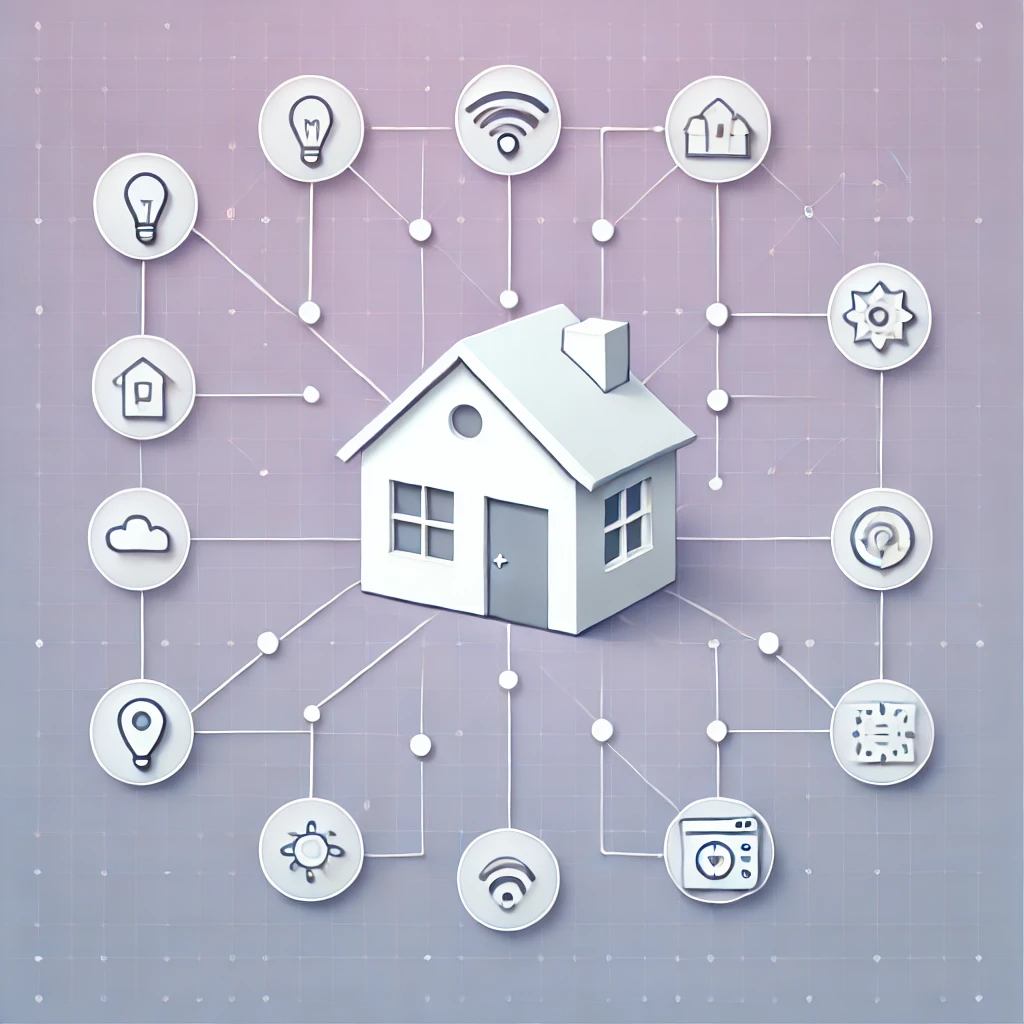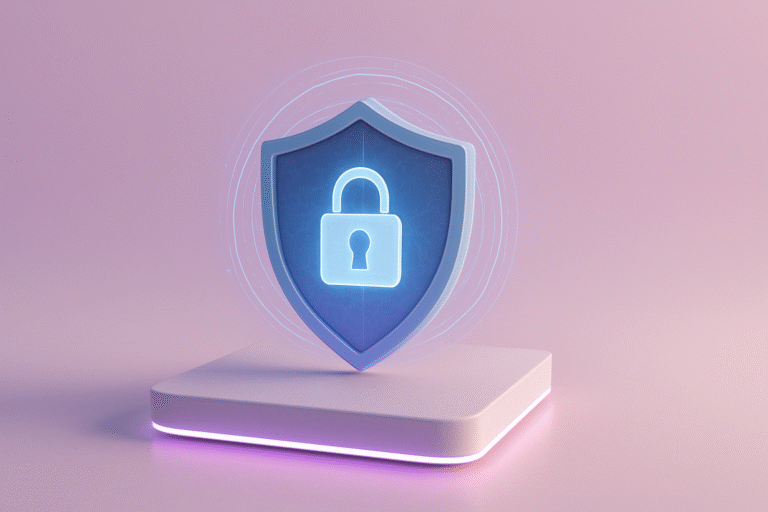Without realizing it, we have been gradually introducing devices into our homes that make our homes more connected than ever. From computers and smartphones to security cameras, smart TVs, and appliances with built-in AI, they all rely on a connection to our network to function.
These innovations make our daily lives easier, but they also expose us to security risks that can have consequences if not managed properly. The security of your home network is a critical aspect that we should all prioritize.
In today’s article, we’ll take a closer look at the dangers that exist and can put us at risk if we don’t pay enough attention to our home security. We will also offer some essential tips on how to protect it.
Why is your network security important?
- Personal data protection: Your home network acts as a link between your devices and the outside world. Sensitive data such as passwords, banking information, personal documents, and private conversations are transmitted over this network. If a cybercriminal gains access to your network, they can intercept this data and steal sensitive information that could be used for fraud, identity theft, or even blackmail.
- Prevent unauthorized access: Without a secure network, anyone within range of your Wi-Fi signal could try to access it. This could allow them to use your Internet connection for free (which can slow down your network), but more worryingly, they could gain access to your connected devices and the information stored on them. Unauthorized access to your devices could result in the installation of malware, manipulation of your data, or control of devices such as security cameras, posing a serious risk to your privacy.
- Protection from malware and cyber-attacks: Home networks are a prime target for cyber-attacks such as viruses, ransomware, and Trojans. These malicious programs can enter your network through software downloads, phishing emails, or infected devices connected to the network. Once inside, they can cause damage ranging from corrupting important files to locking up your devices and demanding a ransom to recover them.
- IoT device security: Internet of Things (IoT) devices, such as security cameras, smart thermostats, and virtual assistants, are particularly vulnerable to attack because they often lack robust security measures. If an attacker compromises one of these devices, they can use it as a gateway to access your entire network, putting all of your connected devices at risk.
Tips for protecting your network
Now that we’ve established the importance of network security in the home, let’s look at some best practices for securing the network.
- Change your router’s default credentials: Routers often come with a default username and password that are widely known. Changing these credentials is one of the first and easiest steps you can take to improve the security of your network. Don’t allow access to your home network to be as easy as using passwords like 1234/1234 or admin/admin. Choose a strong password that combines letters, numbers, and symbols.
- Set a unique network name (SSID): Avoid using your router’s default name for your wireless network (SSID). A unique network name that does not reveal the make or model of your router can make your network less identifiable to potential attackers.
- Enable WPA3 encryption: WPA3 encryption is the latest and most secure encryption technology for Wi-Fi networks. If your router supports it, be sure to enable it. If you only have access to WPA2, it is preferable to WEP, which is an older standard and more vulnerable.
- Update your router’s firmware regularly: Router manufacturers often release firmware updates to address security vulnerabilities. Make sure your router is always updated with the latest firmware version to protect against new threats.
- Disable remote access to your router: Unless absolutely necessary, disable your router’s remote access feature. This will prevent people outside your local network from trying to access your router’s settings.
- Use a guest network: If you have frequent visitors, set up a separate guest network for them to connect to the Internet. This will isolate your primary devices from any risks associated with your guest devices.
- Monitor network traffic: Using network monitoring tools can help you detect unusual activity, such as unknown devices connected to your network or suspicious traffic that could indicate an attack.
- Implement a firewall: Most routers have a built-in firewall that you can turn on. A firewall acts as an additional barrier against unwanted intrusions from the Internet.
- Disable SSID broadcasting: For an additional layer of security, you can disable the broadcasting of your network’s SSID, which will prevent your network from automatically appearing in lists of available networks. While this is not a foolproof measure, it can deter casual attackers.
- Use MAC filters: Every network device has a unique MAC address, also known as a physical address, that identifies your network card at the hardware level. This address is similar to an IP address and is typically represented as 6 groups of hexadecimal numbers (such as 01:23:45:67:89:BC). By enabling this feature in your router, you can specify which MAC addresses are allowed to access your network and create a list of allowed devices.
Conclusion
Securing your home network is not an option, it’s a necessity, and just as you wouldn’t leave your front door open, you need to be careful about the devices that connect to your network.
With the proliferation of connected devices and the sophistication of cyber threats, maintaining a secure network is critical to protecting your privacy, your data, and the integrity of your devices.
By implementing the security measures listed above, you can significantly minimize the risks and enjoy a safer digital environment in your home.

Want to learn more about cybersecurity? Don’t miss these resources!
As leaders in IT and tech recruitment in Spain, the UK, the USA, and Andorra, Block&Capital is dedicated to connecting top IT talent with innovative organizations. Together, we build lasting success and growth. Whether you’re a company looking for IT talent or a professional seeking new opportunities, contact us today and let’s talk.
Last posts





